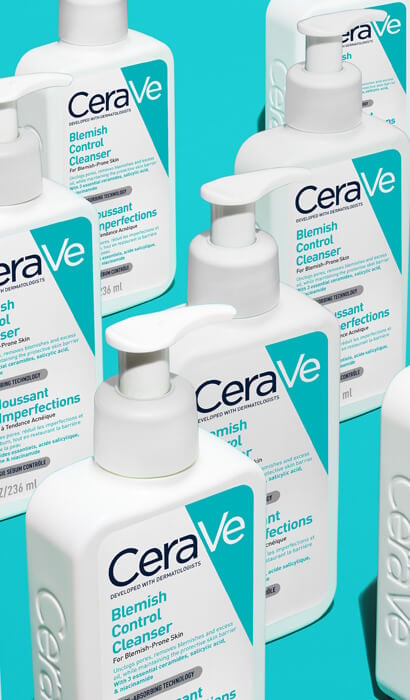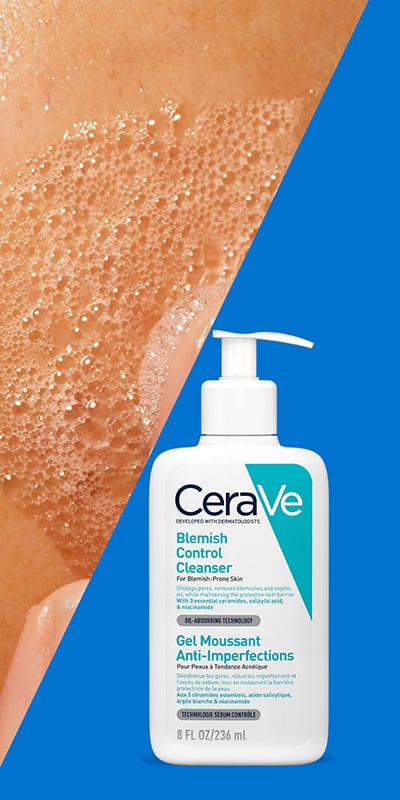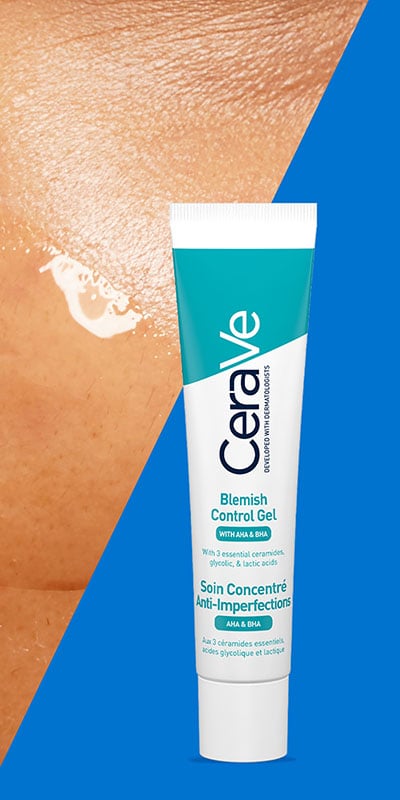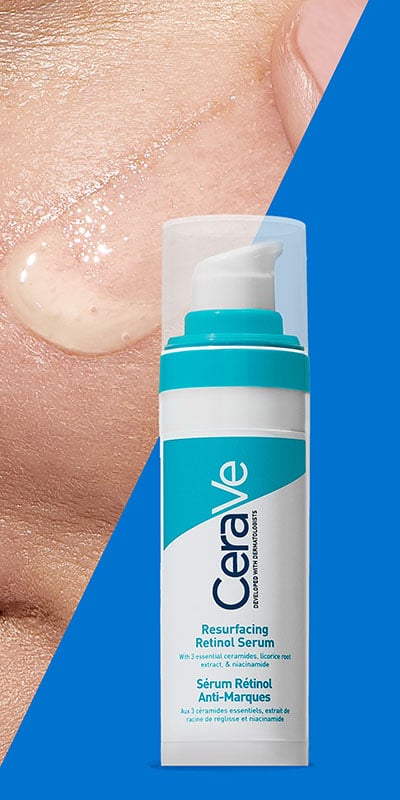Blemishes 101: Clear It Up Like A Derm
Struggling with blemish prone skin? You’re not alone. Welcome to your crash course on clearer skin with CeraVe! Our products are developed with dermatologists containing actives to target blemishes effectively and 3 skin identical ceramides that will not disrupt your skin barrier. Take a seat, crack open your notebook, and listen to our dermatologist experts as they dispel blemish myths and deliver the facts you need for healthier-looking skin.
Myth #1: You shouldn’t moisturise if you have blemish prone skin.
If your skin is on the oilier side, as blemish-prone skin often is, you may feel that moisturising will only make it worse.
Skipping moisturiser can leave your skin feeling dehydrated, which can cause it to produce excess sebum (oil) in an attempt to compensate. This heightened oil production can clog your pores and lead to blemishes. To maintain hydration without aggravating blemishes, use lightweight, non-comedogenic moisturisers specifically formulated for blemish-prone skin.
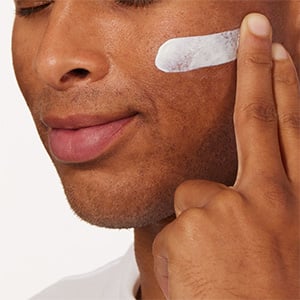
Myth #2: You need harsh products to clear skin.
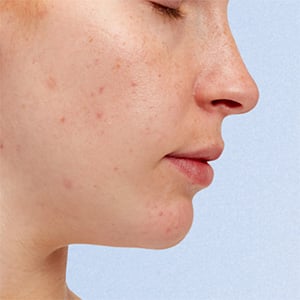
If you have blemish-prone skin, your impulse may be to pile on as many blemish-fighting ingredients as you can to clear up your skin quickly.
But stronger doesn’t mean better. When it comes to blemishes, sometimes less is more, and contrary to popular belief, a skin-burning sensation during treatment is not a good thing. CeraVe’s products for blemish-prone skin are developed with dermatologists to target blemishes without disrupting the skin’s natural barrier.
Myth #3: Blemishes are caused by dirty skin.
Often, when people have blemish-prone skin, they assume it means their skin is dirty and resort to harsh scrubs for clean skin.
However, over-washing can disrupt your skin barrier and worsen blemishes. Dirt doesn’t cause blemishes; it’s clogged pores from excess sebum, dead skin cells, and bacteria that do. For effective care, wash your face twice daily with a gentle, non-drying cleanser developed for blemish-prone skin.
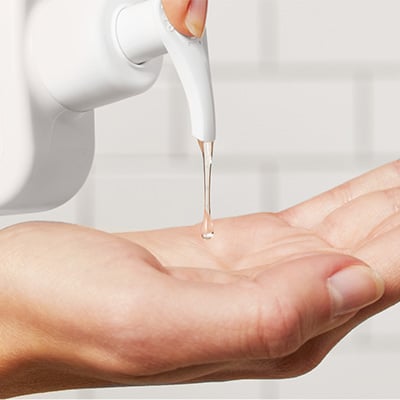
REAL SKIN, REAL RESULTS*
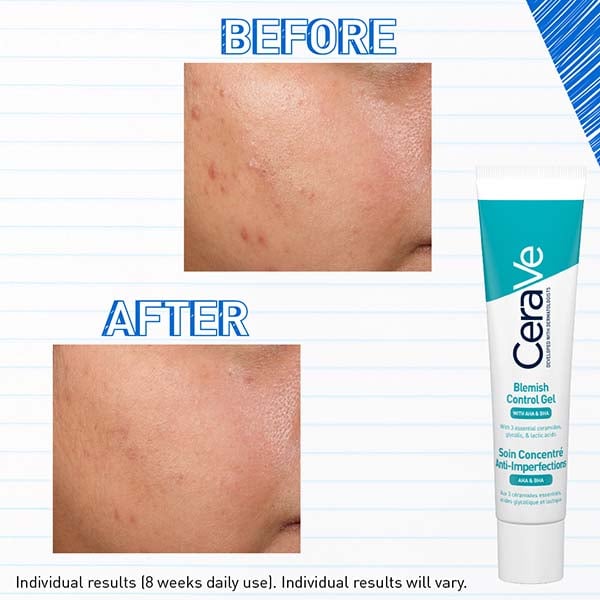
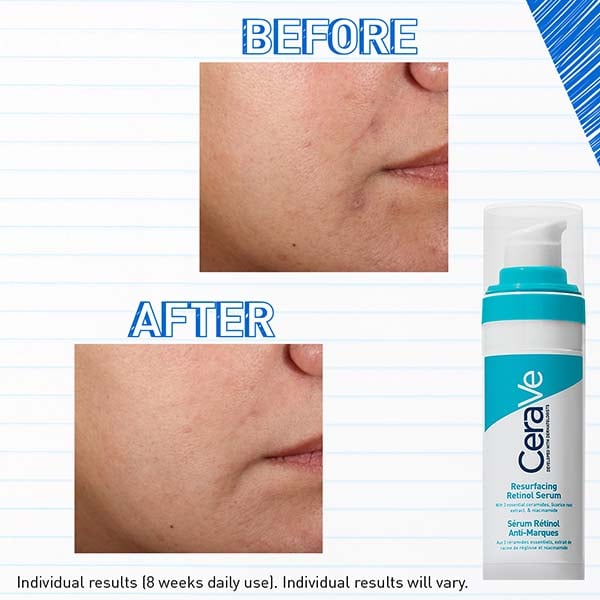
Step-By-Step Routine for Mild Blemish-Prone Skin

Step 2: (AM)
AM Facial Moisturising Lotion
Lightweight, non-comedogenic moisturiser suitable for all skin types. Clinically proven hydration & daily UV protection.
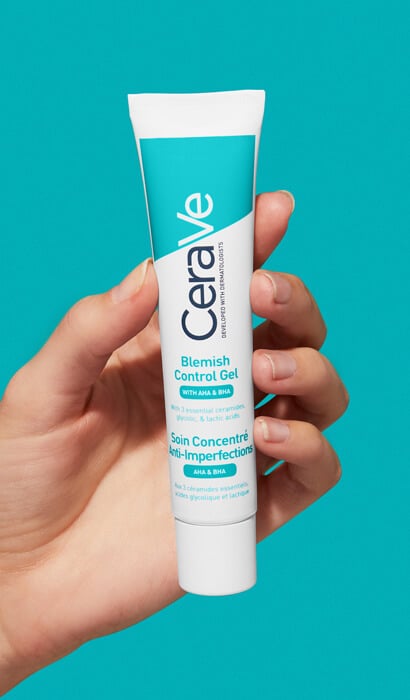
Step 3: (PM)
Blemish Control Gel
Lightweight, full-face gel moisturiser with 2% salicylic acid. Hydrates while exfoliating to help prevent new spots.
The Blemish product gallery
Facts About Blemishes: Frequently Asked Questions
-
What causes acne?
As we mentioned earlier, acne develops when your pores become clogged with sebum, dead skin cells, and (in some cases) bacteria. If you have oily skin or a family history of acne, you may be more likely to experience this skin concern. Other factors that can contribute to or worsen acne include humid weather conditions, hormonal fluctuations, and improper skincare practices (like picking at your skin).
Using greasy, pore-clogging cosmetics can also lead to breakouts in some cases. This type of acne even has its own name: acne cosmetica. Of course, these aren’t all of the causes of acne. Acne is a complex skin concern and it can be influenced by a wide range of internal and external factors.
-
Can you get pimples from stress?
It’s not your imagination: Being stressed out can impact your skin. While it is not a direct cause of acne, stress can act as a roadblock to achieving clear skin. When you’re stressed, your body releases various hormones, including androgens and cortisol—both of which can cause your skin to produce excess oil. And, as we touched upon earlier, excess oil can clog pores and lead to an increase in acne breakouts.
-
What are the main types of acne?
There are several different types of acne, but the most common types include blackheads, whiteheads, pimples, papules, nodules, and cysts. Comedonal acne, such as blackheads and whiteheads, develops when your pores become clogged with oil and dead skin cells. If the pore is open, the contents will oxidize, leading to a closed comedone (or a blackhead). If the pore is closed, a whitehead will develop.
When bacteria enter the clogged pore, more stubborn forms of acne—those pesky pimples, pustules, and nodules—can occur. Finally, there’s cystic acne, which is generally considered the most difficult to treat. This type of acne causes pus-filled cysts to develop deep in your skin and generally requires a dermatologist to treat effectively.
-
Can I have acne as an adult?
You may think of acne as an adolescent skin concern, but the truth is, anyone can experience acne. In fact, a survey conducted by the Journal of the American Academy of Dermatology found that more than 42% of adults aged 20 or older experience acne breakouts.2 So, if you’re breaking out well past your teenage years, don’t fret: You’re not alone. More importantly, adult breakouts can be managed. If you’re struggling to get your adult acne under control, consider consulting a board-certified dermatologist for help.
-
What ingredients are best for managing acne?
Two of the most common ingredients in non-prescription acne skincare products are salicylic acid and benzoyl peroxide. Salicylic acid is a beta-hydroxy acid that offers gentle exfoliation and helps improve the appearance of acne. Benzoyl peroxide, meanwhile, targets a common acne-causing bacteria to diminish the appearance of acne blemishes. These ingredients can be found in CeraVe’s gentle yet effective products for acne-prone skin. If you’re unsure which is right for you, a board-certified dermatologist should be able to steer you in the right direction.
-
Why do I have dark spots after my acne fades?
Dark spots that appear after an acne breakout are caused by an excess production of melanin, your skin’s natural pigment. Known as post-acne marks (or, more formally, post-inflammatory hyperpigmentation), these spots are particularly common amongst those with darker skin tones, and can make achieving even-looking skin feel like a challenge—especially since they often take a long time to fade.
To help with the process, consider adding CeraVe Resurfacing Retinol Serum to your nightly skincare routine. Formulated with encapsulated retinol, brightening licorice extract, and three essential ceramides, this gentle formula helps promote a more even complexion while supporting your skin’s protective barrier.
-
Does popping a pimple make it worse?
When you have a big, inflamed pimple, it can be really tempting to pop it. But doing so may do more harm than good. Not only does popping your pimples make you more likely to develop post-acne marks, but it can also worsen your acne, as the bacteria from your fingers can spread to your skin. Instead, address acne breakouts with a gentle spot treatment, such as CeraVe’s alcohol-free Acne Control Gel. Apply a thin layer to clean, dry skin one to three times daily for noticeably-clearer skin within three days.
